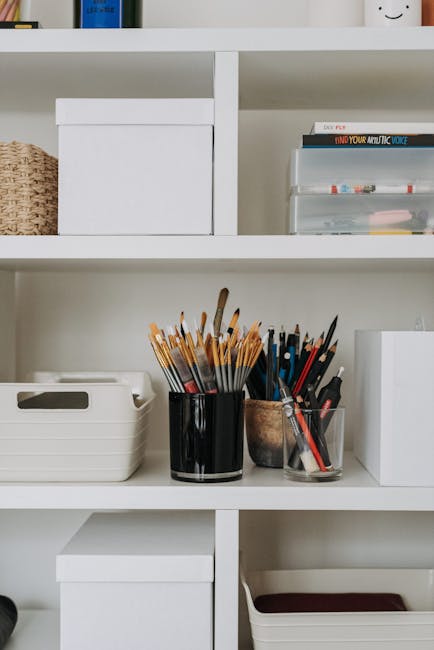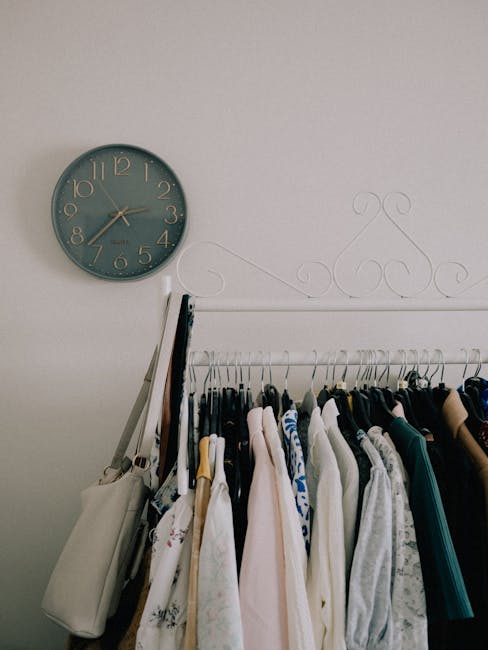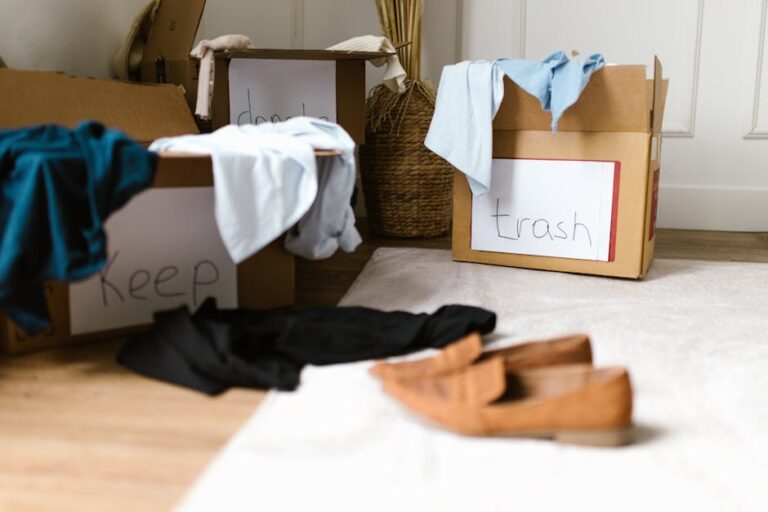
Closet Optimization: Storage Solutions for Maximum Space
Deconstructing the Closet Clutter: A Foundational First Step
Before implementing any fancy storage solutions, the first and arguably most crucial step is decluttering. This involves a ruthless assessment of your belongings, separating the essential from the obsolete. Ask yourself these critical questions for each item: Have I used it in the last year? Does it fit? Is it in good condition? Does it spark joy (Marie Kondo style)? Honest answers will guide your decision-making process.
Categorize your items into three piles: keep, donate/sell, and discard. Be honest with yourself. Holding onto items “just in case” often results in wasted space and perpetual clutter. For items in good condition that you no longer need, consider donating them to local charities or selling them online through platforms like Poshmark, eBay, or consignment shops. Discard irreparably damaged items responsibly; consider textile recycling programs where available.
Once you’ve purged unwanted items, take everything out of the closet. This allows you to thoroughly clean the space and visualize it with a fresh perspective. Dust shelves, vacuum or mop the floor, and wipe down walls. This seemingly simple step creates a clean slate for your optimized storage system.
Harnessing Vertical Space: Shelving and Hanging Strategies
Closets often underutilize vertical space. Maximize it by installing adjustable shelving. This allows you to customize shelf heights to accommodate various items, from folded sweaters to shoe boxes. Consider using shelf dividers to keep stacks neat and prevent items from toppling over.
Hanging rods are another crucial element. Instead of a single rod, consider double rods, effectively doubling your hanging capacity. One rod can be placed higher for longer items like dresses and coats, while the other can be positioned lower for shorter items like shirts and blouses.
For items that don’t necessarily need to be hung, utilize hanging organizers. These fabric or wire organizers attach to your hanging rod and provide multiple compartments for shoes, sweaters, handbags, or even folded pants. They are an excellent space-saving solution for smaller closets.
Beyond the Basics: Specialized Storage Solutions
Beyond standard shelving and hanging, specialized storage solutions can further optimize closet space. Consider these options:
-
Drawer Organizers: Drawer organizers transform messy, cluttered drawers into neatly compartmentalized spaces. Use them for socks, underwear, accessories, or even folded t-shirts. Different sizes and configurations are available to suit various drawer sizes and item types.
-
Shoe Organizers: Shoes are notoriously difficult to store efficiently. Dedicated shoe organizers, such as over-the-door racks, shelf inserts, or shoe boxes, can keep your footwear collection organized and protected. Transparent shoe boxes allow you to easily see what’s inside without having to open each box.
-
Accessory Organizers: Accessories like belts, scarves, ties, and jewelry often get lost in the shuffle. Utilize accessory organizers specifically designed for these items. Belt racks, tie hangers, scarf rings, and jewelry boxes with compartments will keep your accessories organized and easily accessible.
-
Pull-Out Baskets and Drawers: Install pull-out baskets or drawers for easy access to items stored on lower shelves. These are particularly useful for storing bulky items like blankets, sweaters, or out-of-season clothing.
-
Corner Shelves: Utilize often-overlooked corner spaces with corner shelves. These shelves provide additional storage space without taking up valuable wall space.
Strategic Storage: Seasonal Rotation and Categorization
To maintain an organized closet, implement a seasonal rotation system. Store out-of-season clothing and accessories in storage bins or vacuum-sealed bags. Label each container clearly to easily identify its contents when the season changes. Store these bins in less accessible areas of your closet, such as upper shelves or under the bed.
Categorize your remaining items by type and color. This makes it easier to find what you’re looking for and creates a visually appealing closet. Hang similar items together, such as all your blouses or all your pants. Arrange items by color within each category to further streamline the organization process.
Maximizing Small Closets: Ingenious Hacks and Space Savers
Small closets present unique challenges, but with a few ingenious hacks, you can maximize every inch of space:
-
Slimline Hangers: Replace bulky hangers with slimline hangers made of velvet or plastic. These hangers take up significantly less space, allowing you to fit more items on your hanging rod.
-
Over-the-Door Organizers: Utilize the often-wasted space on the back of your closet door with an over-the-door organizer. These organizers are perfect for storing shoes, accessories, cleaning supplies, or even toiletries.
-
Stackable Bins: Utilize stackable bins to store items that don’t need to be accessed frequently. These bins can be stacked on shelves or on the floor, maximizing vertical space.
-
Hanging Space Dividers: Divide hanging space into sections using hanging space dividers. This prevents clothes from bunching together and makes it easier to find what you’re looking for.
-
Utilize Vertical Space Behind the Door: Place a narrow shelf or rack behind the door for small items like books, toiletries or small purses.
Maintaining the Order: Regular Maintenance and Habits
Closet optimization is not a one-time project; it requires ongoing maintenance and the development of good habits. Make it a habit to put away clothes immediately after wearing them or washing them. Avoid creating a “chair pile” of clothes that accumulate over time.
Regularly declutter your closet, ideally every few months. Remove items that you no longer wear or need. This prevents clutter from accumulating and ensures that your closet remains organized and functional.
Before purchasing new clothing items, consider whether you truly need them and whether they will fit into your existing wardrobe and closet space. Be mindful of your purchasing habits to avoid overfilling your closet.
By following these strategies and developing good habits, you can transform your closet into an organized, efficient, and visually appealing space that enhances your daily life.

